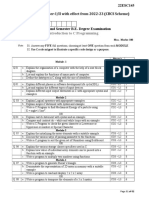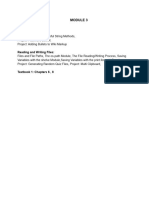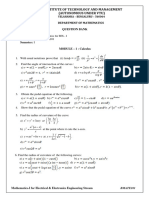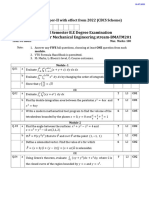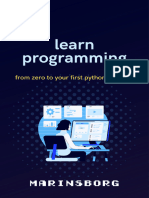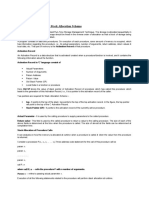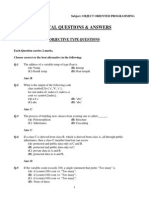0% found this document useful (0 votes)
1K views33 pagesPOP Module-2 (Part-B) Notes
The document discusses decision control and looping statements in C language. It introduces conditional branching statements like if, if-else and if-else-if statements. It also provides examples to demonstrate the use of these statements. Some key points covered are - conditional statements allow altering the flow of program execution based on conditions, different types of conditional statements and their syntax, examples to find even-odd, vowel-consonant, largest of numbers etc. using decision control statements.
Uploaded by
sharanabasupolicepatilCopyright
© © All Rights Reserved
We take content rights seriously. If you suspect this is your content, claim it here.
Available Formats
Download as PDF, TXT or read online on Scribd
0% found this document useful (0 votes)
1K views33 pagesPOP Module-2 (Part-B) Notes
The document discusses decision control and looping statements in C language. It introduces conditional branching statements like if, if-else and if-else-if statements. It also provides examples to demonstrate the use of these statements. Some key points covered are - conditional statements allow altering the flow of program execution based on conditions, different types of conditional statements and their syntax, examples to find even-odd, vowel-consonant, largest of numbers etc. using decision control statements.
Uploaded by
sharanabasupolicepatilCopyright
© © All Rights Reserved
We take content rights seriously. If you suspect this is your content, claim it here.
Available Formats
Download as PDF, TXT or read online on Scribd
/ 33













































